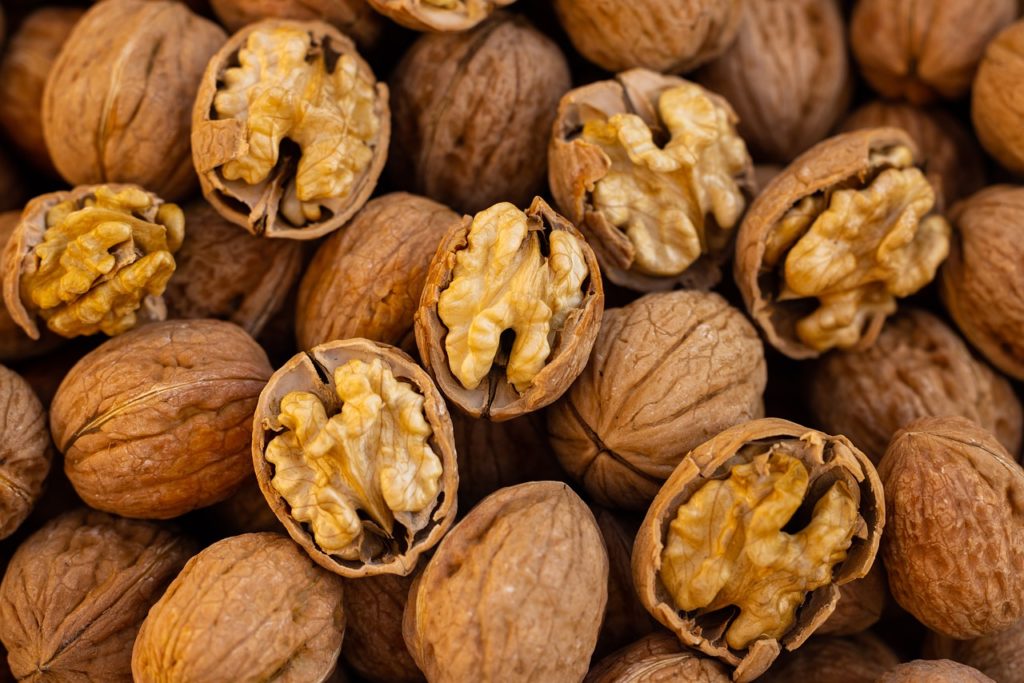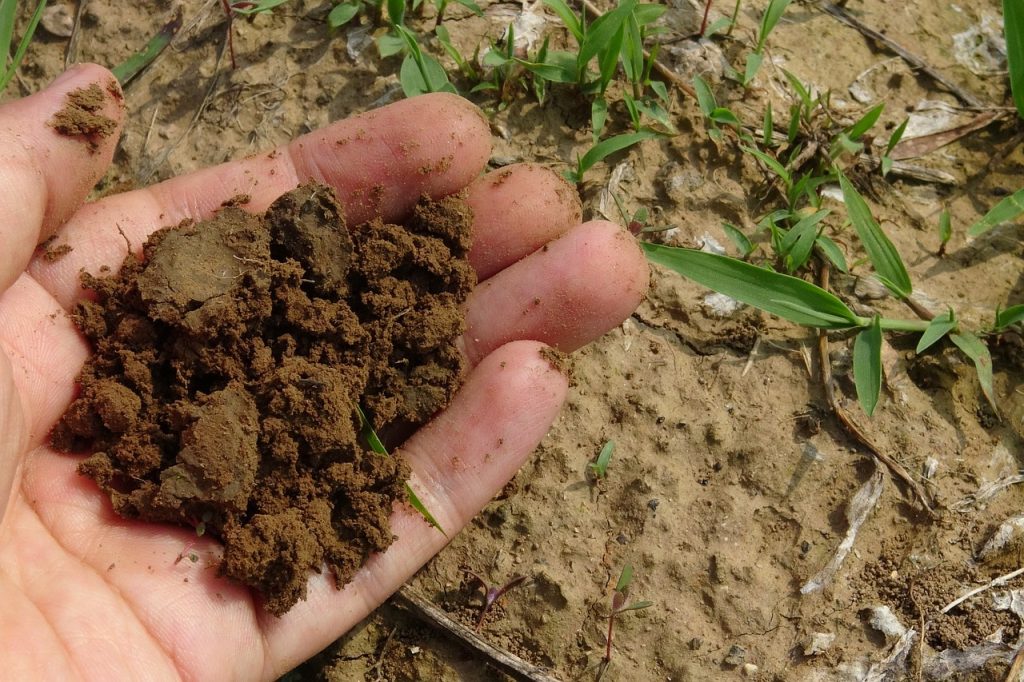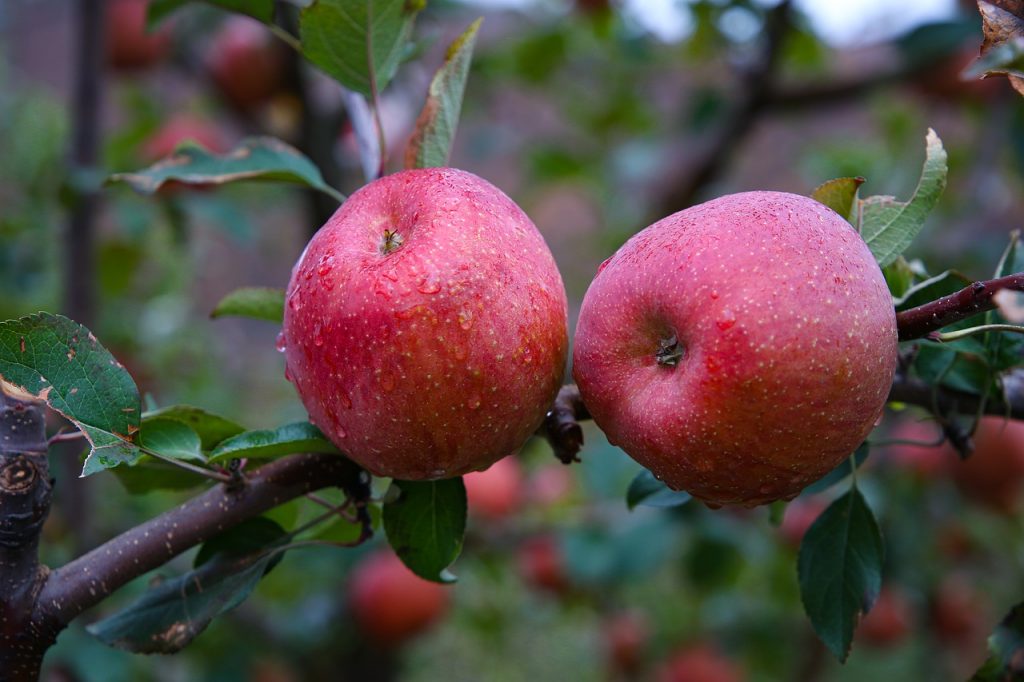Horticulture is among the main sectors that form the backbone of Jammu and Kashmir’s economy. Among the fruits and nuts grown here, apples, almonds, and walnuts are highly popular. Here is an insight into the walnut farming in Kashmir and the types of walnuts that grow in Kashmir’s soil.
Walnuts of Kashmir are popular across India and even exported around the world. Every year, about 2.66 lakh metric tons of walnuts are cultivated in Jammu and Kashmir on a land area of 89,000 hectares. More than 98% of the total walnuts cultivated in India, come from J&K.
Is walnut farming profitable? The two main species of walnuts are Persian (or English) walnuts and the black walnuts. Walnut trees are grown for the nuts and timber. Timber from black walnut trees is highly priced. Walnuts of this type are tasty. However, owing to their hard shells and poor hulling characteristics, black walnuts are not grown commercially. Various cultivars of the Persian walnuts have been developed, and this variety of walnuts is grown commercially. Walnut trees flower during the spring season and bear fruit quite fast, but the fruit takes time to mature and can be picked only in autumn. Walnuts are harvested around mid-September every year. As walnut trees are tall, the process of harvesting is tough and risky. A person has to climb up the tree and beat the fruit-bearing branch with a stick. The walnuts thus harvested have to then be washed out in flowing water, and dried in the sun for almost a week.
What kind of soil and climate do walnut trees require? Topsoils of sandy-loam, loam or silt loam over a similar subsoil mixture, or sandy clay loam or clay loam are best-suited for the cultivation of walnuts. These trees grow well on the slopes of Himalayas in Kashmir and require a temperate climate. In about 10-15 years after planting a walnut tree, it starts bearing fruit and in 20-25 years, it gives a good output of walnuts. Walnut trees in Kashmir give a good yield of the fruit even at 100 years of age.
What are the types of walnuts grown in Kashmir? Mainly, three varieties of walnuts are grown in the Kashmir Valley. They are Wonth, Kagazi and Burzul.
Wonth: This walnut type is hard and cannot be cracked easily. It has a thick and big outer shell and its kernel is small in size. This type of Kashmiri walnut is sold locally and primarily used for extracting oil.
Kagzi: This walnut variety is relatively larger in size. Its outer shell is thin and the kernel is big and white in colour. Kagzi walnuts can be cracked with bare hands.
Burzul: This Kashmiri walnut is medium-sized. It has a dark and thick outer shell. The kernel is very tasty and not exactly white in colour. Burzul walnuts can be cracked quite easily.
In Kashmir, walnuts are grown organically, which means chemical sprays and fertilizers are not used in the cultivation. Kashmiri walnuts are of very good quality and are sold the world over. They are popular throughout India and exported to UK, Netherlands, and France among many other countries. Once, Kashmir walnuts were exported to China on a large scale. However, with China starting to cultivate walnuts on its own land, this export stopped and many other countries as well stopped importing walnuts from India. The sales of Kashmiri walnuts decreased further after the Covid-19 pandemic.
Jammu and Kashmir lacks infrastructural facilities and a robust transport network to facilitate the sale of walnuts. Secondly, there is no strategy to boost walnut export and there are no markets designated specifically for dry fruits. Due to the imposition of GST and difficulties in transport, walnut prices further increase, which in turn hampers their sales in the world market. Thus, although the climate and soil in Kashmir is good for walnut cultivation, it will flourish as a business sector only if there is an increase in the worldwide sales of this dry fruit. With the different types of walnuts, their health benefits and use for culinary purposes, walnut farming in Kashmir has a huge potential for growth as an industry.



